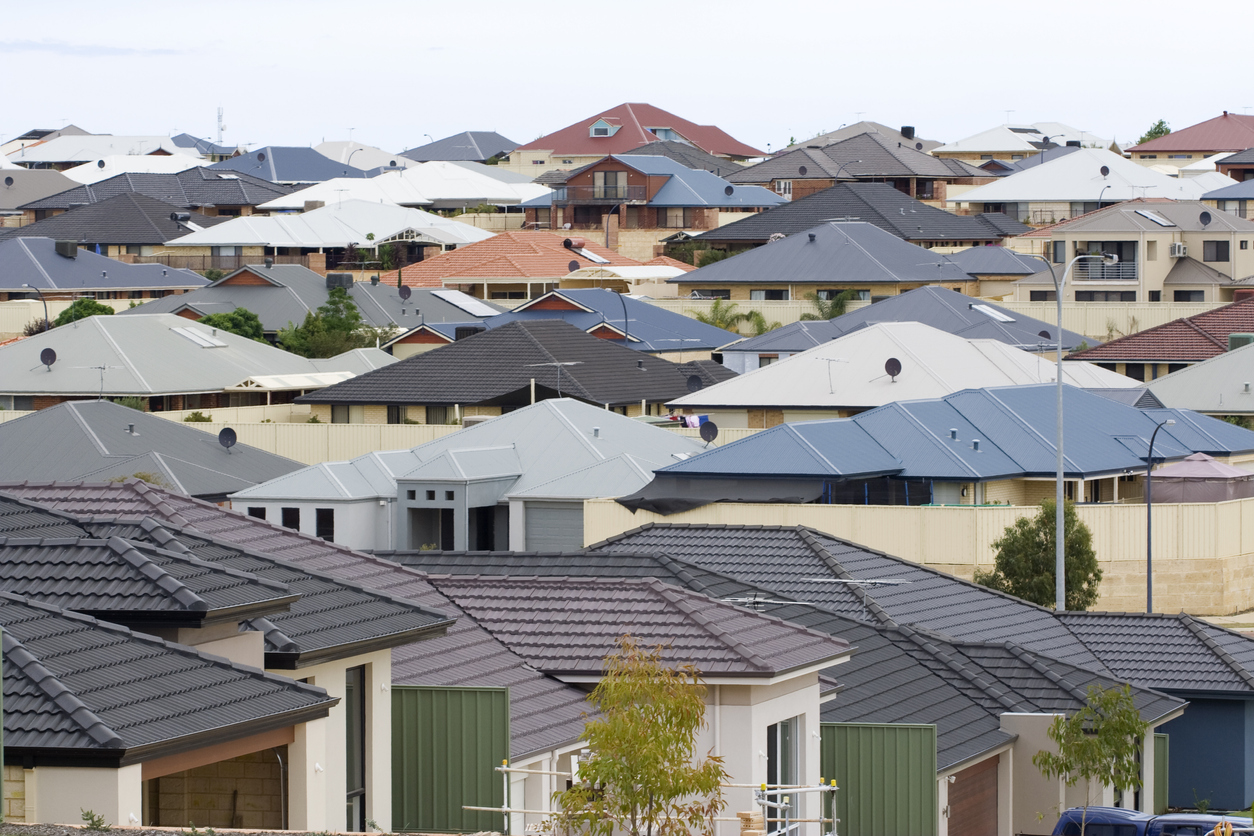What Does the Future of Fibre Look Like?
Developers need to ensure their telecommunications infrastructure is future-proofed to keep up with technology advances and digital connectivity needs, according to fibre-to-the-home provider the Local Broadband Network Company (LBNCo).
The telecommunications sector is filled with jargon so it’s no wonder people find it hard to navigate.
So, what do you need to know when making infrastructure decisions for your development?
What is a Gigabit Passive Optical Network (GPON)?
A Passive Optical Network (PON) is fibre-optic telecommunications technology that only uses fibre and passive components like splitters and combiners rather than active components like amplifiers, repeaters, or shaping circuits, to deliver broadband network access to end-customers.
Passive optical networks cost significantly less than those using active components.
A gigabit passive optical network (GPON) are currently the leading form of passive optical networks.
A gigabit passive optical network is a point-to-multipoint access network and uses passive splitters in the fibre distribution network, enabling one single fibre connection to serve multiple end users.
It achieves this with a passive optical splitter in a junction box, usually in the pavement/road manhole.
Once it reaches the development or estate, where a cluster of end customers reside, a splitter is connected.
From here, multiple fibre cables fan-out of the splitter connecting to homes via an Optical Network Unit (ONU).
Encryption is used to keep each user’s data secured and private from other users.

Why use GPON technology?
Fibre optic technology is the leading technology that supports the demand for higher speeds as well as distance within networks.
Fibre optic cables have another advantage over metal cables, such as copper, in that they are less susceptible to interference.
Gigabit passive optical networks are the perfect solution for environments with multiple separated nodes/points or buildings because the technology reduces costs and infrastructure while increasing bandwidth.
A gigabit passive optical network has a downstream capacity of 2.488 Gb/s and an upstream capacity of 1.244 Gbp/s that is shared among users.
Gigabit passive optical networks offer up to a 1:64 ratio on a single fibre, and are 95 per cent more energy efficient than copper wire networks.
In addition to efficiency, a gigabit passive optical network provides a low-cost solution to support multiple users through splitters.
This makes a gigabit passive optical network desirable for high density areas such as high rise and master planned communities by reducing equipment, consolidating multiple services onto a single fibre transport network, and providing triple play services, voice, data and IP video.
What is FTTP/FTTH?
Fibre to the home (FTTH), also known as fibre to the premises (FTTP) refers to fibre-optic cables made from glass or plastic and use pulses of light to transmit data.
A full-fibre FTTH/FTTP connection (GPON), with no copper, offers much faster average speeds of one gigabit (1,000Mbps) per second (Gbps).
Full-fibre can also deliver very low latency: that means less delay between sending a request and getting a response. That is not just important for video gamers.
Low latency connections promise new opportunities for remote work, especially in fast-paced industries that cannot afford delays.

Fibre vs 5G
There is a misconception that 5G technology will replace fibre.
While wireless connections can be a useful way to connect remotely, 5G is not the answer for every situation.
Future 5G networks can operate on several different frequencies, but the higher frequencies do not penetrate buildings and trees as well as the lower frequencies.
Fibre optics are also much cheaper to run than a 5G network. In fact, it’s estimated that the operational expenditure of 5G broadband could be five times that of fixed.
Experts also caution that 5G wireless signals would not be as stable as a fixed-line connection and could lead to drop outs.
The reality is that 5G wireless networks and fibre optic networks will complement each other, both offering a cohesive internet experience, no matter the location.
What is the difference between NBN Co, nbn and LBNCo?
NBN Co was established by the government to build and operate the nbn broadband access network.
LBNCo is a fibre network wholesaler just like NBN Co, except that it has its own NBN-compliant network.
LBN stands for "Local Broadband Network" and is often used by developers of multi-dwelling units or master-planned communities as it provides a private network designated to the development.

Designated solely for your development
With an LBNCo full fibre solution (FTTP/FTTH), there are no copper cables, and no sharing with your neighbours. LBNCo fibre cable does not support other residential, commercial or retail network demands.
This means that your development’s network doesn’t need to contend with network congestion or bottlenecks caused by either copper or hybrid technologies prevalent in the NBN Co network.
Future-proof technology
While today’s full-fibre connections currently promise speeds of one gigabit per second, future upgrades could potentially offer speeds in terabits per second (one terabit equals 1,000 gigabits).
Upgrades can be made possible by replacing the equipment at either end of the cables, without laying new cables. With LBNCo solutions, upgrade paths are designed in our solutions mitigating the need for foreseeable future cable upgrades.

The need for speed and capacity
The world has embarked on a technology transformation powered by constant connectivity.
We are transitioning from an era defined by megabits to one in which gigabit connectivity is unleashed.
Digital transformational trends such as the increased use of IoTs, digital nomads, virtual reality, augmented reality, artificial intelligence, and 8K streaming has increased consumer demand for faster internet speeds and greater capacity.
LBNCo FTTH networks can support internet plans up to 1000/500Mbps today and is capable of supporting internet plans up to 1000/500Mbps (up to 10 times faster than NBN Co).
LBNCo GPON fibre optic infrastructure is designed to run at a 1000MB capacity for future requirements.
We provide a cutting edge 1GB speed solution today, with 10GB upgrade path designed in our solutions.
So, what should you look for when considering telecommunications infrastructure?
Is the infrastructure future proof? Is the network shared with the neighbourhood and therefore subjected to possible bottlenecks?
What speed and bandwidth capacity does it support today and in the future?
Purchaser expectations are that their internet needs are met now, and well into the future, so when looking to decide on your telecommunication requirements consider more than just the installation price.
The Urban Developer is proud to partner with LBNCo to deliver this article to you. In doing so, we can continue to publish our free daily news, information, insights and opinion to you, our valued readers.













